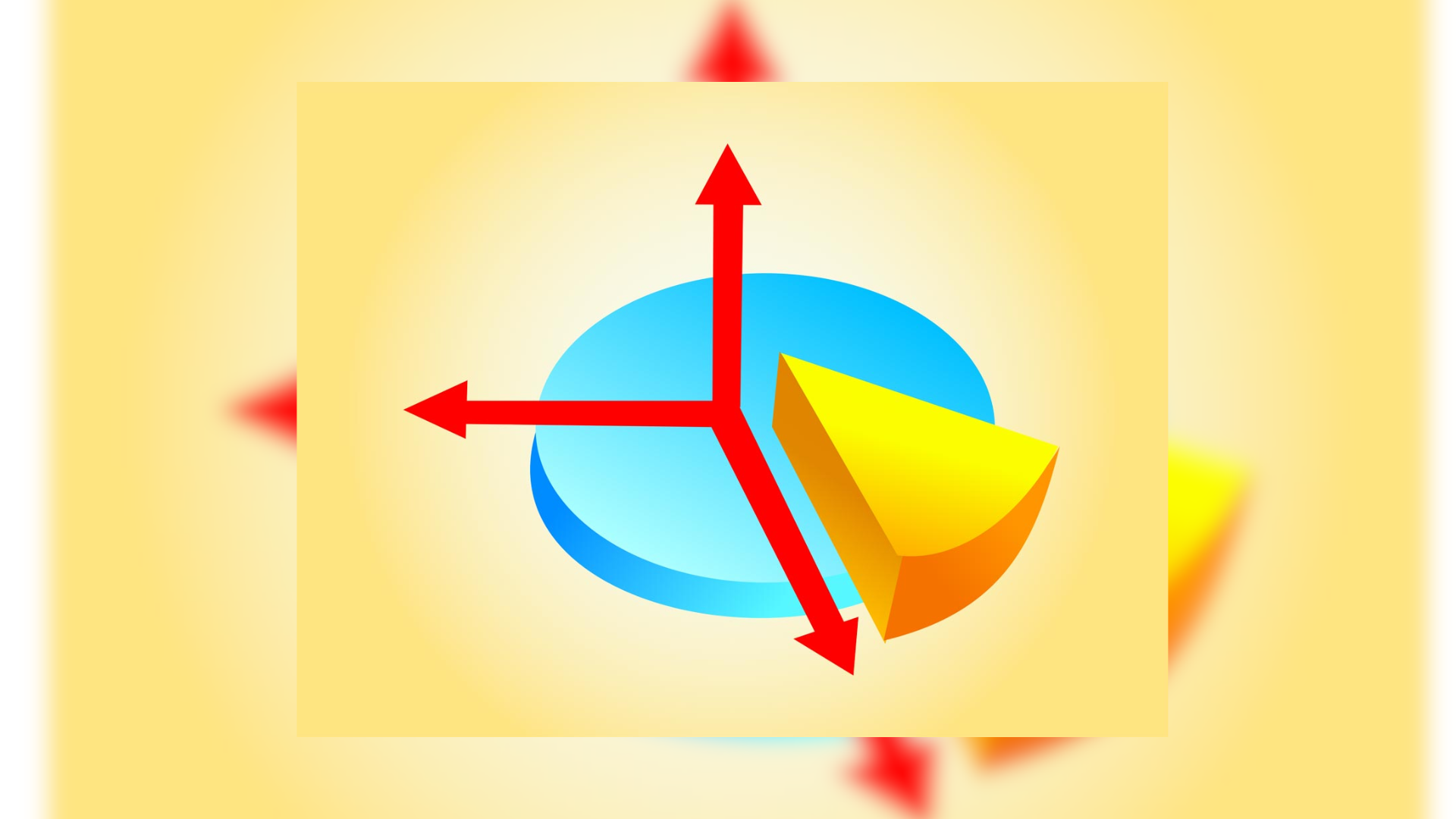Vector is fundamental mathematical entities used to represent quantities with both magnitude and direction. They find applications in various fields such as physics, engineering, computer graphics, and more. This guide provides a concise overview of vectors, their properties, operations, and applications.
Definition and Notation:
A vector is an ordered collection of numbers, often represented as an arrow pointing from an initial point to a terminal point in space. Each component of a vector corresponds to a direction in a specific dimension.
Components and Representation:
In a three-dimensional space, a vector v can be represented as v = (v₁, v₂, v₃), where v₁, v₂, and v₃ are the components along the x, y, and z axes, respectively. The magnitude (length) of the vector is denoted by ||v|| and is calculated as the square root of the sum of the squares of its components.
Vector Operations:
Addition:
The sum of two vectors u and v is a vector w = u + v, where each component of w is the sum of the corresponding components of u and v.
Subtraction:
The difference between two vectors u and v is a vector w = u – v.
Scalar Multiplication:
The dot product of two vectors, u and v, equals the sum of the products of their corresponding components: u₁v₁ + u₂v₂ + u₃v₃. It yields a scalar value that measures the similarity of the two vectors’ directions.
Cross Product (Vector Product):
The cross product of two vectors u and v results in a new vector w = u × v. Its magnitude is ||w|| = ||u|| ||v|| sin(θ), where θ is the angle between u and v=-0=;
Properties of Vector:
- Vectors are independent of their initial point; they only depend on their magnitude and direction.
- Two vectors are equal if their corresponding components are equal.
- Vector addition is commutative (order doesn’t matter) and associative (grouping doesn’t matter).
- Scalar multiplication affects the magnitude and direction of the vector.
Applications:
Engineering:
Vectors help model and analyze forces, moments, and other physical quantities in fields like structural analysis and fluid dynamics.
Computer Graphics:
used to represent points, directions, and transformations, forming the basis for rendering 2D and 3D graphics.
Navigation:
Vectors assist in determining positions, distances, and directions, vital for navigation systems and GPS technology.
Aeronautics:
Vectors help in understanding aircraft motion, wind speed and direction, and navigation.
Machine Learning:
employed to represent features and data points, making them essential for various machine learning algorithms.
Physics:
Vectors are extensively used in physics to describe quantities like force, velocity, acceleration, and electromagnetic fields.
Vectors are essential mathematical tools that describe quantities with both magnitude and direction. They find applications in physics, engineering, computer graphics, navigation, and more. Understanding its properties, operations, and coordinate systems is crucial for mastering their use across diverse fields.
Explore the power of mathematics and AI at Maths.ai. Discover the synergy between algorithms and vector concepts.



